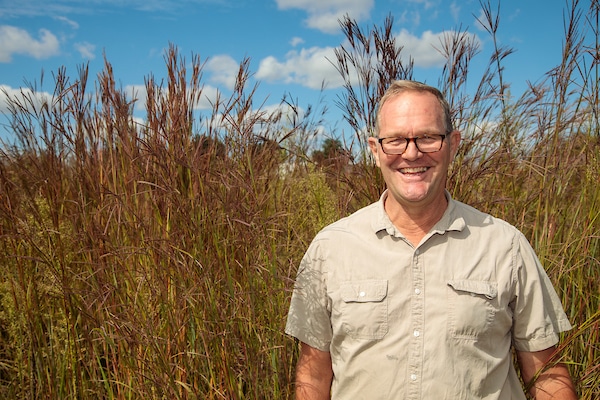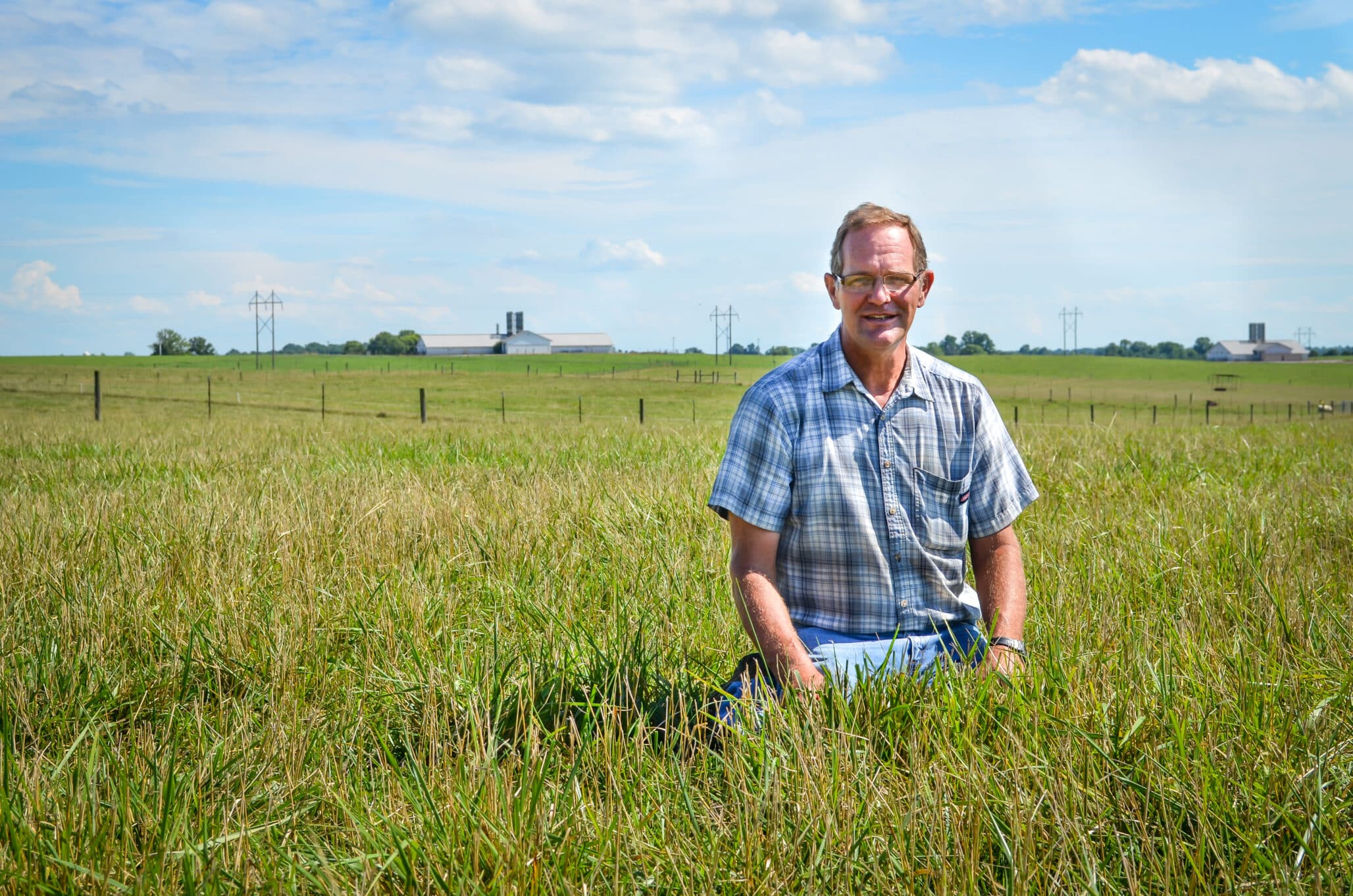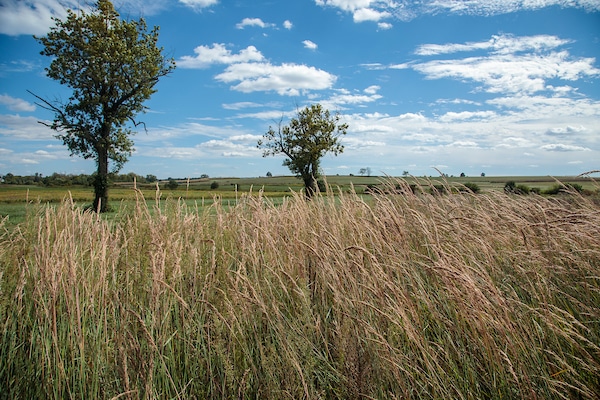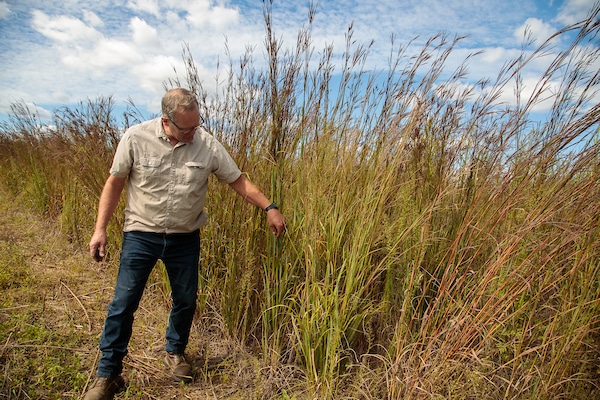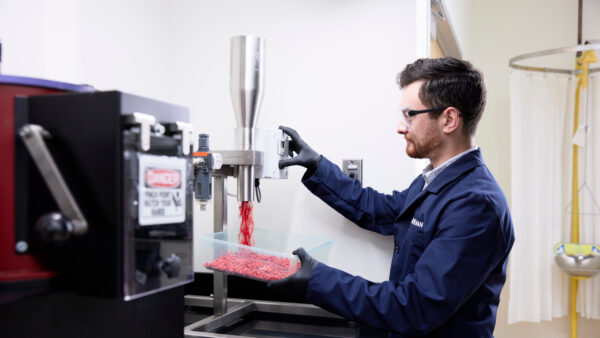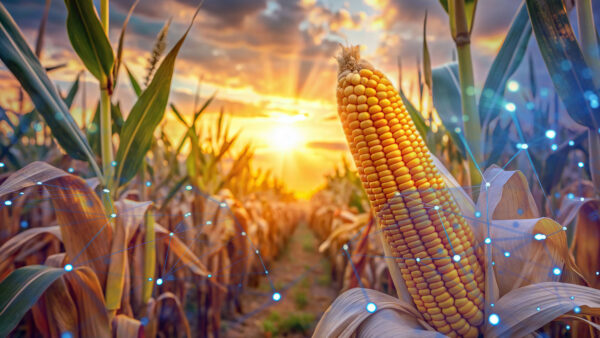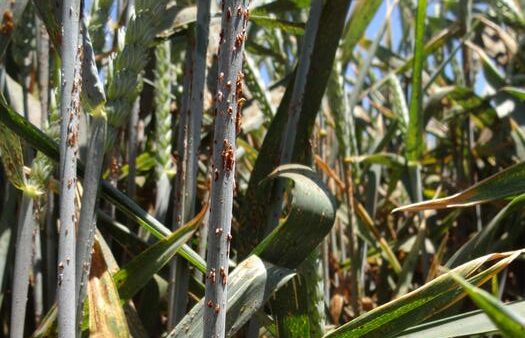Climate and consumer demand are informing new variety development.
As climate change continues to reshape the agricultural landscape and consumers demand more sustainable options, plant breeders are working at a crossroads of tradition and innovation. At the University of Kentucky’s Martin Gatton College of Agriculture, plant breeder Tim Phillips is crafting the grasses of the future — blending resilience with beauty, functionality with sustainability. Whether it’s a hardy tall fescue that can withstand scorching summers or a drought-tolerant hybrid of Texas and Kentucky bluegrass, his work is driven by the need to meet the challenges of tomorrow while maintaining the qualities that made these grasses iconic in the first place.
“Grass isn’t just grass,” says Phillips, an associate professor in the Department of Plant and Soil Sciences. “It’s a complex organism with a unique role in both agriculture and urban landscapes. Whether it’s forage for livestock or turf for lawns and sports fields, these grasses need to be resilient, adaptable and sustainable.”
Breeding Turf and Forage for Dual Purposes
Phillips began his career with a focus on forage grasses, which are critical to the agricultural economy. Over the years, he expanded his research to include turfgrass — recognizing that both types of grasses share similar challenges but also unique demands. While forage grasses need to produce high biomass to support livestock, turfgrass needs to meet aesthetic standards and withstand foot traffic from sports and recreational activities.
“The dual-purpose nature of the grasses I work with makes my job a balancing act,” Phillips explains. “Take tall fescue, for example — it needs to be leafy and nutritious for cattle, but at the same time, it needs to look good and resist diseases if it’s being used as turf.”
Tall fescue, known for its durability, deep root system, and resilience in tough conditions, has been one of Phillips’ primary focuses. Over the years, Phillips has released multiple varieties of tall fescue, each with improved drought tolerance, disease resistance and leaf texture.
Phillips’ work often requires a deep understanding of both the forage and turf industries. For forage, he aims to breed grasses that yield high-quality feed for livestock, while also offering high seed yields to satisfy commercial seed producers. In turf, his focus shifts to aesthetics, longevity, and the grass’s ability to survive in a variety of environments — from soccer fields to suburban lawns.


